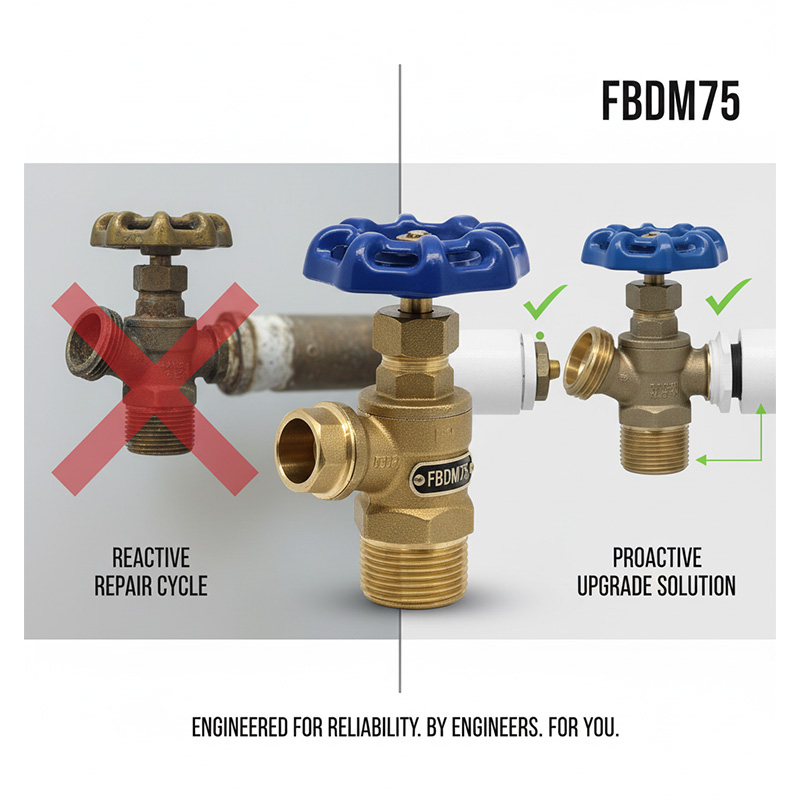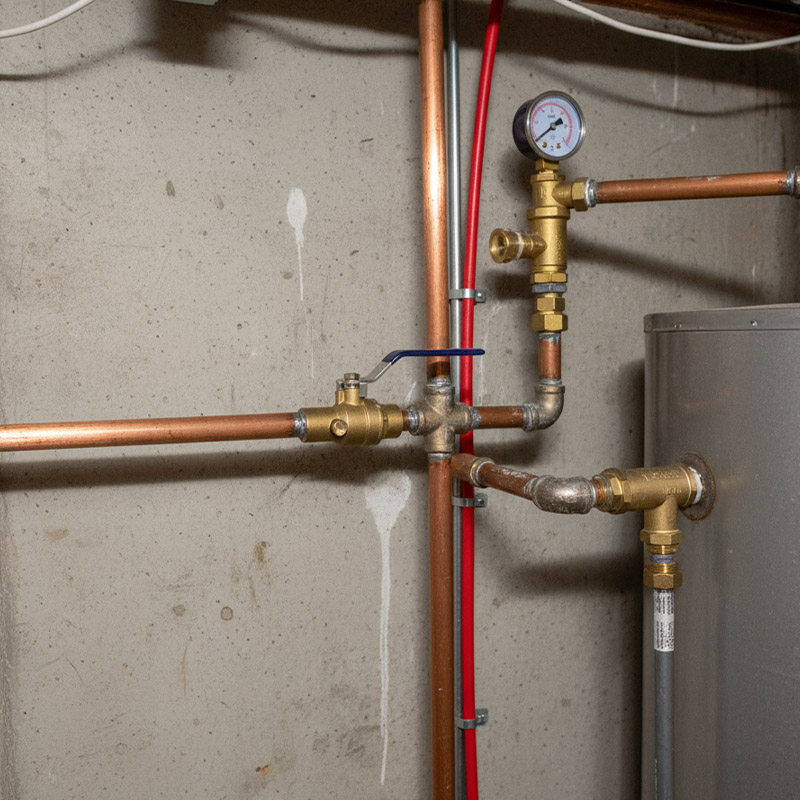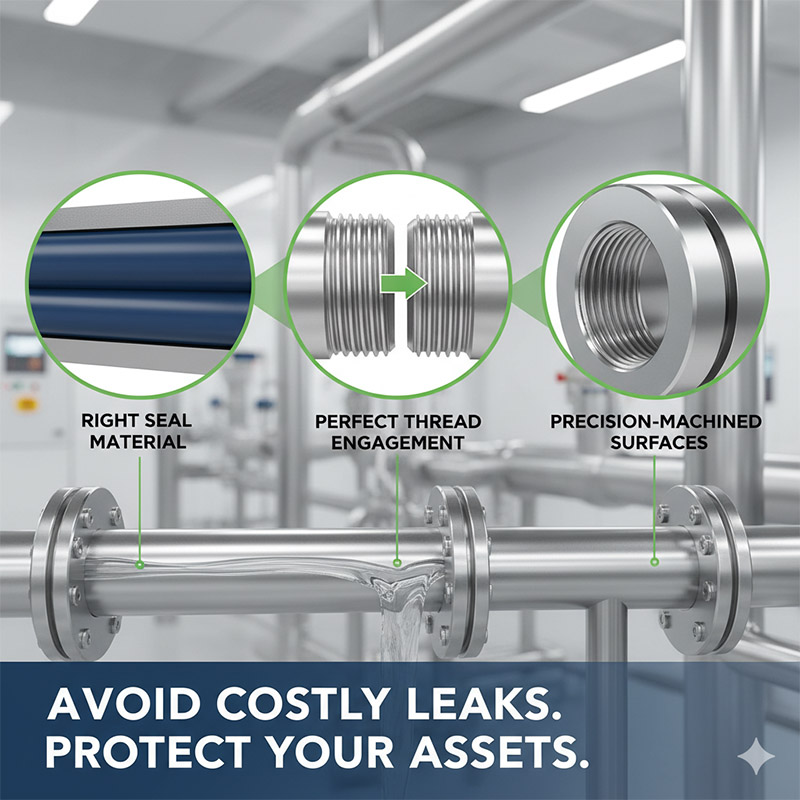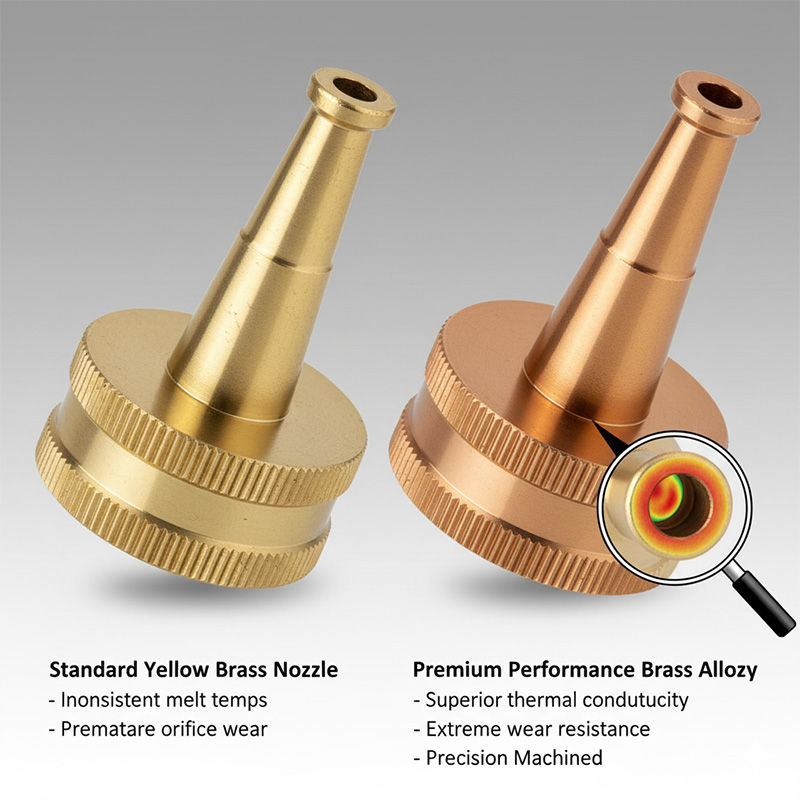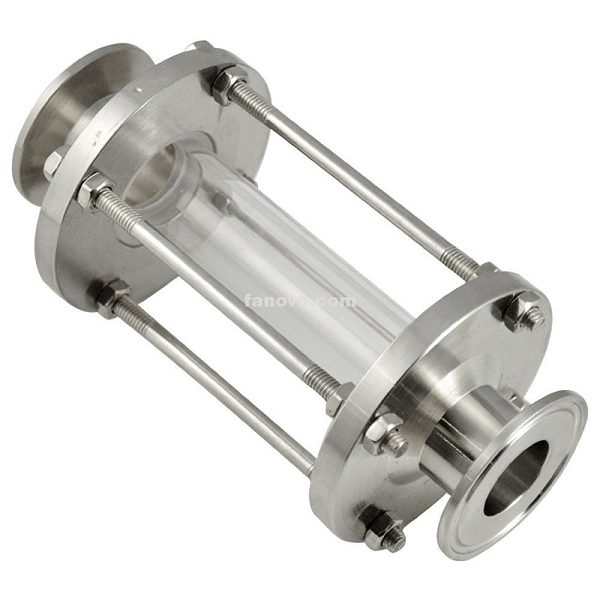Are you still losing refrigerant every time you service an AC unit?
Frustrated with that hiss of escaping refrigerant and money? This waste harms your wallet and the environment. A self-sealing can tap creates a secure, leak-free connection, solving this problem instantly.
A self-sealing can tap prevents refrigerant loss by creating an airtight seal before the service hose is connected. Unlike old piercing-style taps, its design stops gas from escaping the moment you attach it, saving product and preventing accidental venting. This tool is essential for efficiency and safety.
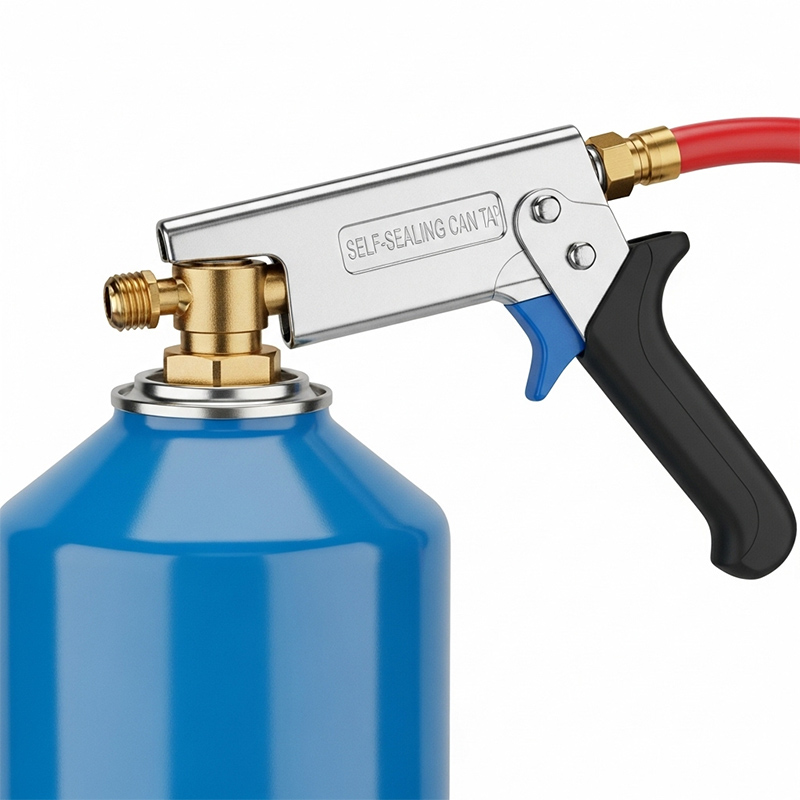
Losing refrigerant is a problem I've seen countless times in the field. It's not just about the cost; it's about doing the job right. A small, inexpensive tool can make a huge difference in your workflow, ensuring precision and professionalism. For a product designer like you, understanding the mechanics behind these tools can inspire better, more user-friendly designs in your own projects. Let's break down how this simple device works and why it's a game-changer.
How Does a Self-Sealing Can Tap Actually Work?
Confused about how this tool is different from the old ones? Using a standard piercing tap often feels like a aistudiorace against escaping gas. Let's clarify the simple mechanics that make this tool superior.
A self-sealing can tap works by first threading securely onto the refrigerant can to create a tight seal. Only then, by turning a separate T-handle, do you advance a pin that depresses the can's internal Schrader valve. This controlled action ensures the can is only opened when you are fully connected and ready.

The real innovation is in that two-step process: seal first, then open. This is completely different from piercing taps that puncture the can and create an immediate, often leaky, opening. From a design perspective, this is a lesson in user-centric engineering. The product anticipates a common failure point—the moment of puncture—and designs a solution around it. Early in my career, I designed some plastic housings for gauges, and we had to account for user error. We added extra material and reinforcing ribs around connection points because we knew technicians in the field could be rough with tools. This can tap follows the same principle: build it to prevent the most common mistake.
Key Mechanical Components
The design brilliance is in its few, robust parts working in harmony.
| Component | Material | Function | Design Implication for Jacky |
|---|---|---|---|
| Body | Brass/Aluminum | Provides a strong, corrosion-resistant housing. | Material choice is vital for chemical compatibility. |
| T-Handle | Molded ABS | Allows the user to comfortably apply torque. | Ergonomics are key; consider grip and texture. |
| Plunger Pin | Steel | Depresses the Schrader valve to release gas. | Requires precise length and tip design for function. |
| Gasket | Neoprene | Creates the critical seal against the can. | Material must resist refrigerant and oils. |
Thinking about these small details is what separates a good product from a great one.
What are the Main Advantages Over Piercing-Style Taps?
Worried that a new tool is just another gimmick? The differences between a self-sealing tap and a piercing tap are night and day. Let's compare them directly to see the clear benefits.
The primary advantage is waste prevention. Self-sealing taps eliminate the initial burst of refrigerant that escapes with piercing taps. This saves money and is environmentally compliant. They are also safer, as they reduce the risk of accidental discharge and refrigerant burns on your hands.

Let’s dive deeper into the practical benefits. The ability to remove the tap from a partially used can without it leaking is a huge deal. With a piercing tap, once you puncture the can, it’s open for good. If you remove the tap, the rest of the refrigerant is lost. The self-sealing design works with cans that have their own valve, so you can save what you don't use for the next job. This feature alone makes it a far more economical tool. I remember a time when our shop was going through dozens of half-used cans a month. The waste was incredible. Switching to self-sealing taps cut that waste to almost zero overnight. It was a simple change that had a big financial impact.
Feature Comparison
Here is a simple breakdown of why the self-sealing tap is the superior choice.
| Feature | Self-Sealing Can Tap | Piercing-Style Tap | Why It Matters for a Designer |
|---|---|---|---|
| Refrigerant Waste | Minimal to none | High | Promotes sustainable and responsible product use. |
| Safety | High (no spray) | Low (risk of spray) | User safety should be a top design priority. |
| Can be Removed Mid-Use? | Yes | No | Adds significant value and convenience for the user. |
| Environmental Compliance | Meets EPA standards | Often non-compliant | Future-proofs the product against new regulations. |
For a designer like Jacky, this comparison isn't just about tools; it's a case study in product evolution driven by user needs and regulations.
How Do You Choose the Right Self-Sealing Can Tap?
Feeling overwhelmed by all the options on the market? Choosing the wrong tap can lead to connection issues and frustration. Let's identify the key features you need to look for.
To choose the right tap, you must match it to the can's thread type and the refrigerant you are using. Most modern small cans in the US use a 1/2" ACME thread. Also, look for durable materials like brass for the body and a comfortable, ergonomic handle for ease of use.

Beyond the basics of thread size, the small design details make a big difference in the long run. The quality of the internal gasket is critical. A cheap gasket will degrade quickly when exposed to refrigerant and oil, leading to leaks. I always recommend looking for taps from reputable brands that speTo choose the right tap, you must match it to the can's thread type and the refrigerant you are using. Most modern small cans in the US use a 1/2" ACME thread. Also, look for durable materials like brass for the body and a comfortable, ergonomic handle for ease of us cify the gasket material. Neoprene or other refrigerant-resistant elastomers are a good sign. Another consideration is the design of the T-handle. I’ve used taps where the plastic handle was so poorly designed it cracked under normal pressure. As a mold designer, you know that the right material choice (like ABS or glass-filled nylon) and proper ribbing inside the handle design are essential for strength.
Selection Checklist
Use this table to make a smart purchasing decision.
| Consideration | What to Look For | Why It's Important |
|---|---|---|
| Thread Compatibility | 1/2" ACME for most automotive/self-sealing cans. | Ensures a proper, leak-proof fit with the can. |
| Body Material | Solid brass is preferred over aluminum. | Offers superior durability and corrosion resistance. |
| Handle Design | Ergonomic, large T-handle made of durable plastic (ABS). | Provides better grip and leverage without breaking. |
| Gasket Quality | High-quality, refrigerant-resistant material (e.g., Neoprene). | Prevents leaks and ensures a long service life. |
| Brand Reputation | Brands with positive reviews from HVAC professionals. | Indicates reliability and good customer support. |
Taking a moment to evaluate these points before buying will save you a lot of headaches later on. It’s about investing in a tool that works reliably every time.
Conclusion
A self-sealing can tap is a small investment that eliminates refrigerant waste, improves safety, and makes your work more professional. It is the clear choice over outdated piercing-style taps.




